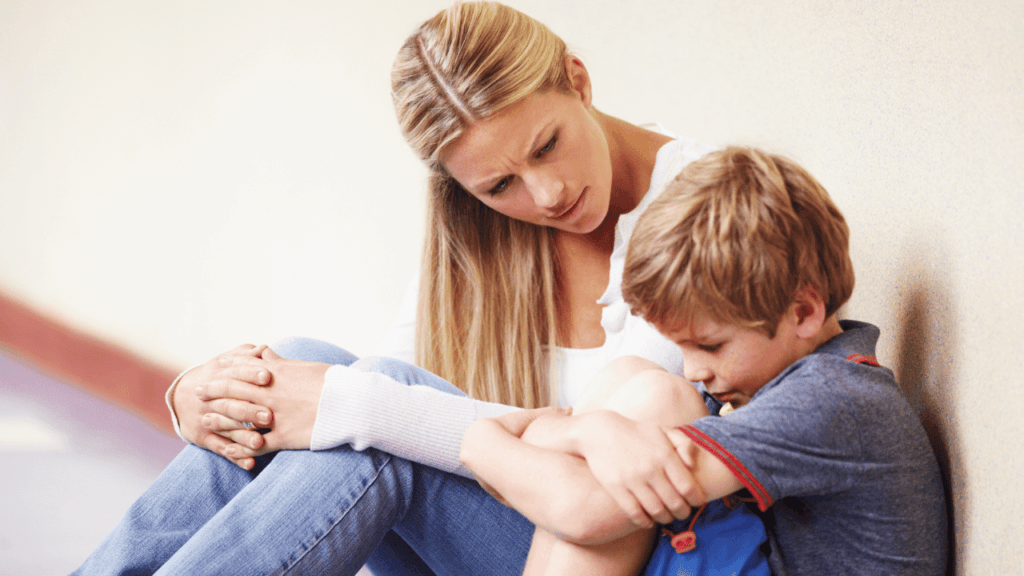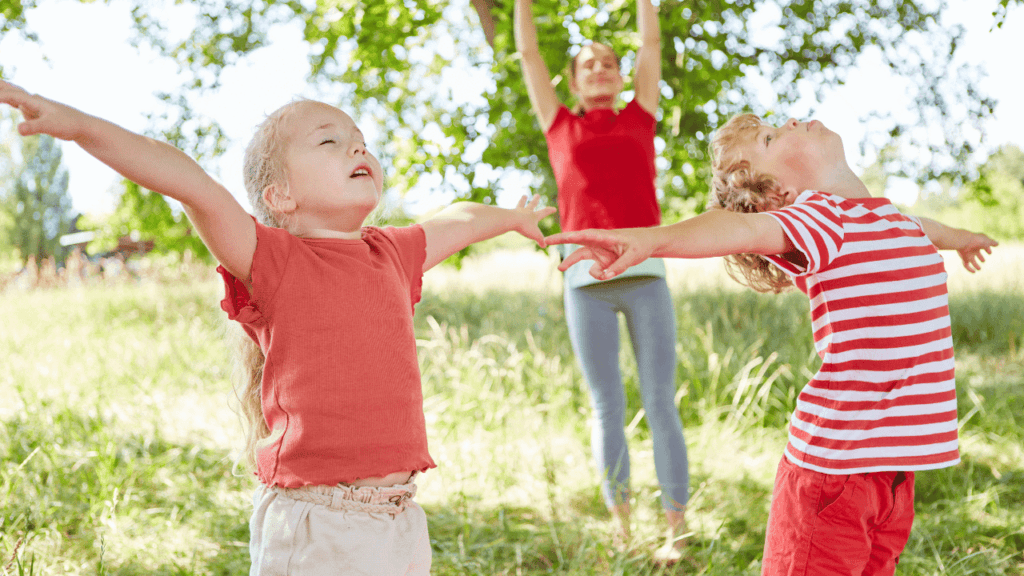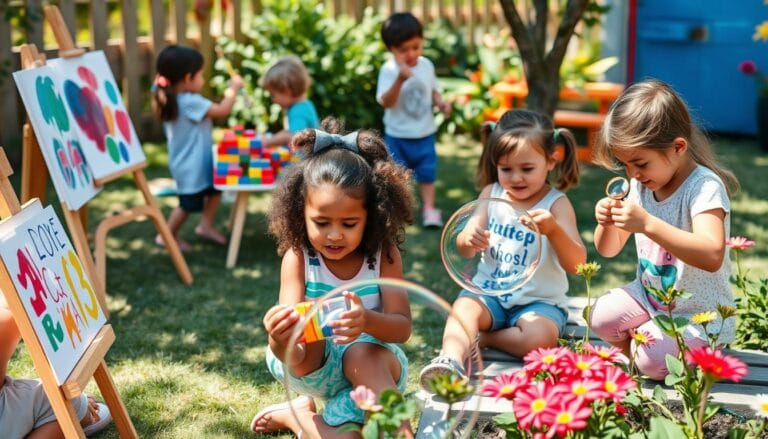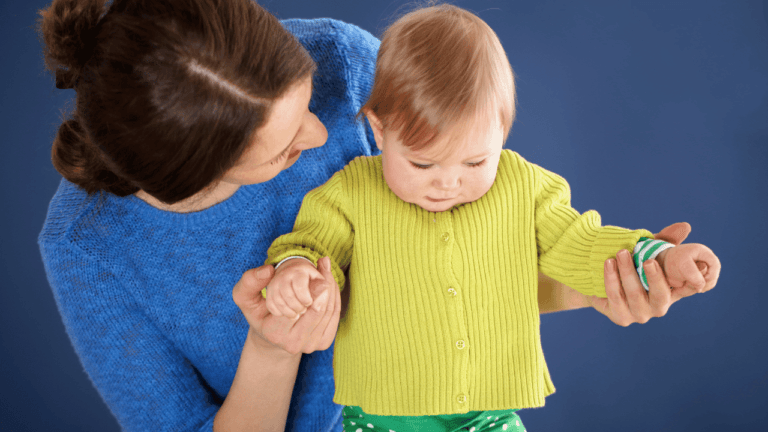
Childhood Anxiety Management Tips & Techniques
Childhood Anxiety Management can be a distressing experience for young kids, impacting their daily lives and overall well-being. Understanding effective coping strategies and techniques is crucial in helping children manage their anxiety and navigate through their fears.
When it comes to managing anxiety in children, it’s important to have a comprehensive approach that focuses on building resilience and providing the necessary support. This article will explore various coping skills and techniques that can empower children to effectively manage their anxiety.
By implementing these strategies, parents, caregivers, and educators can create a safe and supportive environment that encourages personal growth and development, while equipping children with the tools they need to face their fears head-on.
In this article, we will delve into:
- The understanding of childhood anxiety and its root causes
- The diverse range of coping skills available for children to reduce anxiety
- The importance of helping children confront their fears with confidence
- The benefits of breathing techniques and mindfulness for anxiety management
- Building a coping skills toolbox that empowers children to regulate their emotions
Key Takeaways:
- Childhood Anxiety Management Anxiety in children is a common issue that requires effective management techniques.
- Understanding the root causes of childhood anxiety is essential for effective intervention.
- Coping skills such as sensory activities, breathing exercises, and mindful practices can help children reduce anxiety.
- Helping children confront their fears and providing a supportive environment is crucial for effective anxiety management.
- Building a coping skills toolbox equips children with resources to manage their emotions and navigate anxiety-inducing situations.
Understanding Childhood Anxiety
Anxiety in children is a common occurrence and plays a vital role in their overall development. It is their brain’s way of perceiving danger and trying to keep them safe. The amygdala, a part of their brain responsible for processing emotions, sends out warning signals when it senses a potential threat. However, in some cases, this anxiety response can become overactive, leading to excessive and overwhelming anxiety in children.
Understanding the root causes of childhood anxiety is crucial for effective management and treatment. By identifying the factors that contribute to a child’s anxiety, parents, caregivers, and healthcare professionals can develop targeted interventions to alleviate their distress.
Common Causes of Childhood Anxiety:
- Genetics: Children with a family history of anxiety disorders may be more prone to developing anxiety themselves.
- Environmental Factors: Stressful events or traumatic experiences, such as divorce, moving to a new school, or the loss of a loved one, can trigger anxiety in children.
- Learning and Cognitive Factors: Negative thinking patterns, perfectionism, and high self-criticism can contribute to anxiety in children.
- Biological Factors: Imbalances in brain chemicals, such as serotonin and dopamine, can influence anxiety levels in children.
Recognizing these underlying causes can guide the selection of appropriate anxiety interventions for kids. It’s important to remember that each child’s experience with anxiety is unique, and a tailored approach to treatment can yield the best results.
Treatment Approaches for Childhood Anxiety:
Childhood anxiety treatment typically involves a combination of therapeutic interventions and support from parents and caregivers. Here are some common strategies:
| Therapy Type | Description |
|---|---|
| Cognitive Behavioral Therapy (CBT) | Aims to help children identify and modify negative thought patterns and behaviors that contribute to anxiety. |
| Play Therapy | Utilizes play activities to help children express their emotions and develop coping skills in a safe and supportive environment. |
| Exposure Therapy | Involves gradually exposing the child to their fears or triggers in a controlled manner to reduce anxiety and increase tolerance. |
| Medication | In some cases, medication may be prescribed by a healthcare professional to manage severe anxiety symptoms. |
Collaborating with mental health professionals and implementing these treatment approaches can provide children with the tools they need to manage anxiety effectively.
Next, we will explore coping skills that can empower children to navigate their anxiety and reduce its impact on their daily lives.
Coping Skills for Children
Coping skills are essential tools for children to manage their anxiety and reduce distress. These skills can be practiced in various situations, whether anxiety is present or not, and help children feel more connected to their surroundings. By equipping children with coping strategies, we can provide them with the necessary support to navigate through childhood anxiety.
Engaging the Senses
Engaging the senses is an effective way for children to ground themselves and divert their attention from anxious thoughts. One activity that stimulates the senses is playing “I spy,” where children identify different objects and colors in their environment. Additionally, providing sensory items like stress balls or tactile toys can offer comfort and a sense of security.
Anchoring Phrases
Using anchoring phrases can help children redirect their focus to more positive and calming thoughts. Encouraging them to repeat phrases such as “I am safe” or “I can handle this” can provide reassurance during anxious moments. Anchoring phrases serve as powerful reminders of a child’s inner strength and resilience.
Breathing Exercises
Teaching children deep breathing techniques is a valuable tool for anxiety relief. By taking slow, deep breaths, children can regulate their heart rate and promote a sense of calmness. One engaging visualization technique is to imagine blowing bubbles or pretending to blow out a candle, making the exercise more enjoyable and interactive.
Fidget Toys and Counting
Fidget toys and counting activities can help distract children from anxious thoughts and redirect their attention. Providing items like squeeze toys, stress balls, or sensory bracelets enables children to channel their nervous energy into a sensory experience. Counting exercises, such as counting backwards from 10 or counting objects in the room, can also provide a calming focus.
Creating a Chill Corner
A chill corner is a designated space where children can retreat to when feeling overwhelmed or anxious. This area should be filled with comforting items such as pillows, blankets, or soft toys. Encouraging children to spend time in their chill corner allows them to self-soothe and engage in calming activities like reading, drawing, or listening to relaxing music.
Break Cards and Art Activities
Break cards can be used as visual cues for children to request a break when feeling overwhelmed. These cards provide children with a sense of control and allow them to take a pause and engage in self-care activities. Art activities, such as coloring or painting, can also serve as effective coping strategies, providing a creative outlet for self-expression and emotional release.
Journaling and Labeling Emotions
Encouraging children to journal their thoughts and feelings can help them process their anxiety and gain a better understanding of their emotions. Journaling provides a safe space for children to express themselves freely and serves as a self-reflection tool. Additionally, practicing labeling emotions can help children identify and communicate their feelings, enhancing their emotional intelligence.
By incorporating these coping skills into a child’s daily routine, caregivers and parents can provide valuable support in managing childhood anxiety. These strategies empower children to develop resilience and navigate their anxieties with confidence.
Helping Children Confront their Fears
When it comes to supporting anxious children, it’s important to take a proactive approach. Instead of trying to remove stressors that trigger anxiety, we can help children confront their fears and learn to tolerate anxiety. This approach empowers children to build resilience and develop necessary skills to manage their anxiety in the long run.
Assuring children that they will be okay and expressing confidence in their ability to manage their fears are crucial strategies. It is essential to validate their feelings and let them know that their fears are valid and understandable. Encouraging children to face their fears gently and at a pace that feels comfortable for them can help them gradually overcome anxious thoughts and situations.
Providing a safe space for children to express their fears is vital. Creating an environment where they feel heard and understood allows them to openly share their worries and anxieties. By actively listening to them without judgment, we can offer emotional support and reassurance.
In addition, equipping children with tools to handle their anxiety is essential in helping them address their fears effectively. Introducing coping techniques such as deep breathing exercises, grounding techniques, and positive affirmations can provide children with tangible methods to manage their anxiety on their own.
Importance of Helping Children Confront Their Fears
Encouraging children to confront their fears is a crucial step in anxiety intervention for kids. By facing anxiety-provoking situations, children gradually build confidence, learn problem-solving skills, and develop a sense of control over their anxiety. This approach helps them become more resilient and better equipped to handle future challenges.
Through gentle and supportive guidance, we can empower anxious children to overcome their fears. By focusing on helping them confront their anxieties rather than avoiding them, we can support their growth and ensure long-term anxiety management.
| Anxiety Intervention Strategies | Description |
|---|---|
| Assuring children | Express confidence in their ability to manage their fears |
| Validating feelings | Acknowledge and accept that their fears are valid |
| Creating a safe space | Provide an environment for open expression of fears |
| Equipping with tools | Introduce coping techniques to manage anxiety |
By implementing these strategies, we can make a positive impact on the lives of anxious children, helping them develop the skills and confidence necessary to manage their anxiety and lead fulfilling lives.
Breathing Techniques and Mindfulness
Managing anxiety in young kids can be challenging, but there are effective techniques that can help provide anxiety relief for children. Breathing exercises and mindfulness practices are valuable tools in helping children cope with their anxiety.
Deep Breathing Exercises
Deep breathing exercises are an excellent way to redirect anxious thoughts and help children return to a calm state. Encourage children to take slow, deep breaths, filling their lungs with air, and then exhaling slowly.
To make deep breathing more engaging for kids, you can incorporate visual cues such as bubbles, feathers, or pinwheels. These visual aids can capture their attention and make the practice more enjoyable.
Mindfulness Practices
Mindfulness is another powerful technique for managing anxiety in young kids. Mindful breathing, where children focus their attention on their breath, can help them relax and reduce stress. Encourage children to take a few moments each day to sit quietly and pay attention to their breath.
Listening to podcasts with calming stories can also be a helpful mindfulness practice for children. These stories can transport them to a peaceful place in their minds and promote relaxation.
Calm-Down Jars and Relaxation Scripts
Creating calm-down jars is an interactive activity that children can engage in to find anxiety relief. These jars are typically filled with glitter, and children can watch the glitter swirl and settle while practicing deep breathing. This visual focus can help distract from anxious thoughts and provide a sense of calm.
Relaxation scripts, which guide children through specific relaxation exercises, can also be beneficial for managing anxiety. These scripts can include prompts for breathing exercises, visualization, and muscle relaxation techniques.
Integrating breathing techniques and mindfulness practices into a child’s daily routine can be an effective way to manage anxiety and promote emotional well-being. By teaching children these coping strategies, we empower them with the skills they need to navigate their anxiety and find relief.
Building a Coping Skills Toolbox
A coping skills toolbox is a kit that children can use to calm down when they are anxious or upset. It provides them with tangible tools and resources to help manage their anxiety and regulate their emotions. Here are some items you can include in a coping skills toolbox:
- Sensory toys: Soft toys, stress balls, fidget spinners, or squishy objects can help distract and calm children, providing a sensory outlet.
- Cue cards with coping skills: Create small cards that outline different coping strategies for childhood anxiety, such as deep breathing exercises, positive affirmations, or visualization techniques. These cards can serve as reminders and prompts for children to utilize when needed.
- Transitional objects: Blankets, stuffed animals, or comfort items that children associate with safety and security can provide a sense of comfort during anxious moments.
- Calming visual aids: Colorful posters, calming images, or soothing visuals can help create a serene environment and promote relaxation.
It’s also important to establish a designated calm-down spot in the home or classroom where children can retreat to when they need to regulate their emotions. This can be a cozy corner with cushions, a quiet reading nook, or a designated area with calming colors. The key is to create a safe and comforting space where children feel supported.
Example of a Coping Skills Toolbox:
| Item | Description |
|---|---|
| Sensory toy | A soft plush toy that a child can squeeze or cuddle for comfort. |
| Cue cards with coping skills | Small cards with deep breathing exercises, positive affirmations, and grounding techniques. |
| Transitional object | A small blanket or stuffed animal that the child associates with feeling safe and secure. |
| Calming visual aids | A poster with serene nature scenes or peaceful images. |
Conclusion
Childhood anxiety management is crucial for ensuring the well-being of children. With the right coping strategies and support from parents and caregivers, children can overcome their fears and build resilience. By understanding the root causes of anxiety and implementing effective techniques, we can provide children with the tools they need to navigate through their anxious moments.
It is essential to create a safe and supportive environment where children feel comfortable expressing their feelings and confronting their fears. Patience, empathy, and ongoing communication are key in managing childhood anxiety. By working together, we can help children develop the necessary skills to manage anxiety and lead happier, more fulfilling lives.
Remember, every child is unique, and what works for one may not work for another. It’s important to tailor coping strategies to suit each child’s individual needs. By providing children with the right tools and resources, we can empower them to face their anxieties head-on and thrive.
FAQ
What is childhood anxiety management?
Childhood anxiety management refers to the techniques and strategies used to help children cope with and reduce their anxiety. It involves teaching children skills to manage their fears, addressing the root causes of anxiety, and creating a supportive environment.
How common is anxiety in children?
Anxiety is a common issue in children, with approximately 25% of children experiencing some form of anxiety during childhood. It is important to recognize and address anxiety in children to prevent it from impacting their daily life and well-being.
What are coping strategies for childhood anxiety?
Coping strategies for childhood anxiety are tools and techniques that children can use to lower their anxiety and reduce distress. Examples of coping skills for kids include deep breathing exercises, engaging the senses, engaging in art activities, journaling, and practicing labeling emotions.
How can I help an anxious child confront their fears?
Instead of trying to remove stressors that trigger anxiety, it is more effective to help children confront their fears and learn to tolerate anxiety. Assuring children that they will be okay, expressing confidence in their ability to manage their fears, and validating their feelings while encouraging them to face their fears are important strategies.
Are breathing techniques and mindfulness helpful for managing childhood anxiety?
Yes, breathing techniques and mindfulness can be effective for managing childhood anxiety. Deep breathing exercises can redirect anxious thoughts and help children return to a calm state, while mindfulness practices can help children relax. Using visual cues and creating calm-down jars can also enhance the effectiveness of these techniques.
What is a coping skills toolbox?
A coping skills toolbox is a kit that children can use to calm down when they are anxious or upset. It includes items such as sensory toys, cue cards with coping skills, transitional objects, and calming visual aids. Having a designated calm-down spot in the home or classroom can also be helpful for children to regulate their emotions.
What is the importance of childhood anxiety management?
Childhood anxiety management is important to help children build resilience, overcome their fears, and prevent anxiety from impacting their daily life and well-being. By understanding the root causes of anxiety, teaching children coping techniques, and providing a safe and supportive environment, we can effectively manage childhood anxiety.













